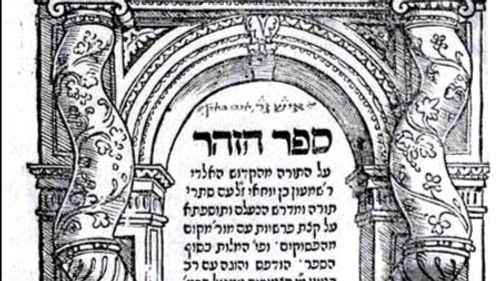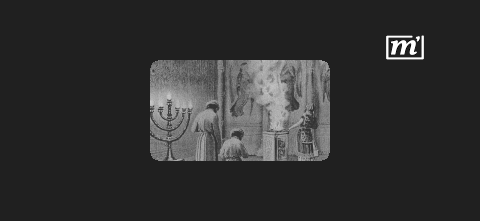Kabbalah: A Path Out of Obscurity
Nov 14, 2023 · 2 mins read
0
Share

The Kabbalah only came into being in the 1100s, in a learned Jewish community in Southern France. It spread into Spain, incorporating elements of Pythagorean, Neoplatonic and Sufi mysticism along the way.
Save
Share
In 1280, Moses de Leon, a Spanish Jewish mystic, produced a body of writing he claimed was “channelled” which grew into the huge Sefer ha-Zohar, The Book of Radiance, written in Aramaic.
Save
Share
The Sefer ha-Zohar, a commentary on the Torah in fictional form, became the Zohar as we know it today. The Zohar revealed the Torah to be a code that illuminates the mechanics of creation, or how the world emerged from Ein Sof, or the Infinite.
Save
Share
In 1492 the Jews were expelled from Spain, and many kabbalists went to Palestine, specifically the village of Safed above the Sea of Galilee.
Save
Share
The most famous among its teachers was Moses Cordovero (1522-1570), whose book The Pomegranate Orchard summarized three centuries of Kabbalah wisdom.
Save
Share
His legacy was continued by Isaac Luria or Ha-Ari (‘The Lion’), who wrote nothing but whose ideas became a strong influence on Hasidic Judaism in Eastern Europe.
Save
Share
The Renaissance philosopher Pico della Mirandola read all Latin Kabbalah translations, and defended them as writings that confirmed the divinity of Jesus.
Save
Share
This tradition of Kabbalah influence on non-Jewish philosophers continued with, among others, the philosopher Gottfried Leibniz, and mystics Emanuel Swedenborg and William Blake.
Save
Share
Kabbalah’s most well-known modern era exponent was Abraham Isaac Kook (1865-1935), but the revival of contemporary interest can be traced to Gershom Scholem.
Save
Share
Scholem’s classic Major Trends in Jewish Mysticism (1961) took Kabbalah out of the shadows and made it accessible to the world.
Learn more about the Kabbalah here:

Save
Share
0